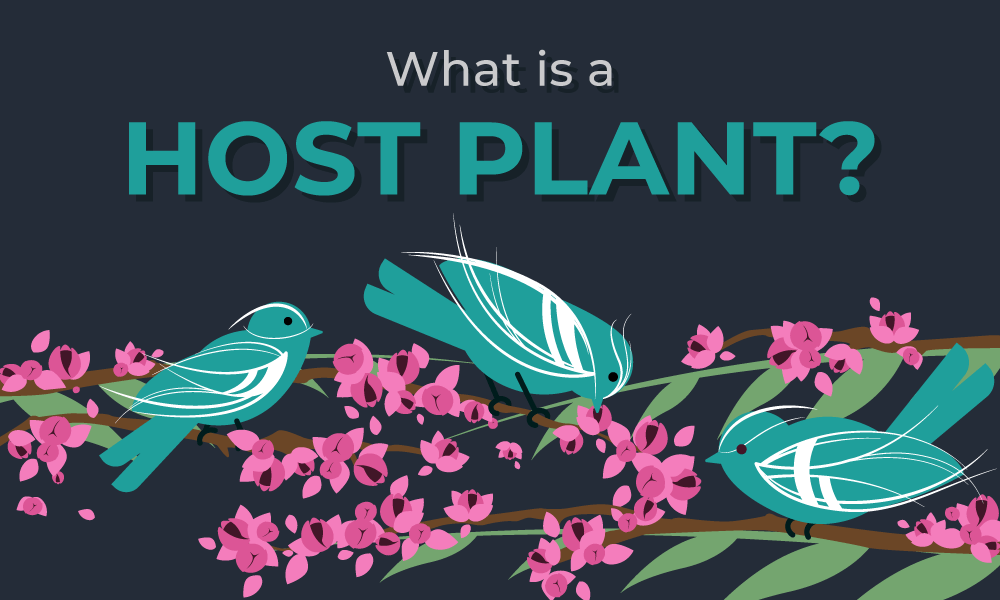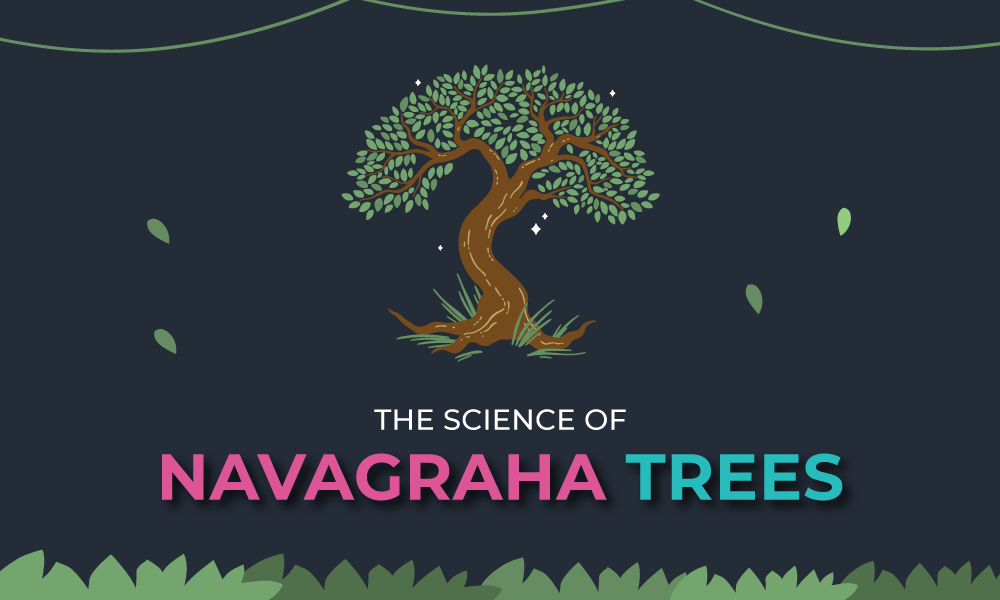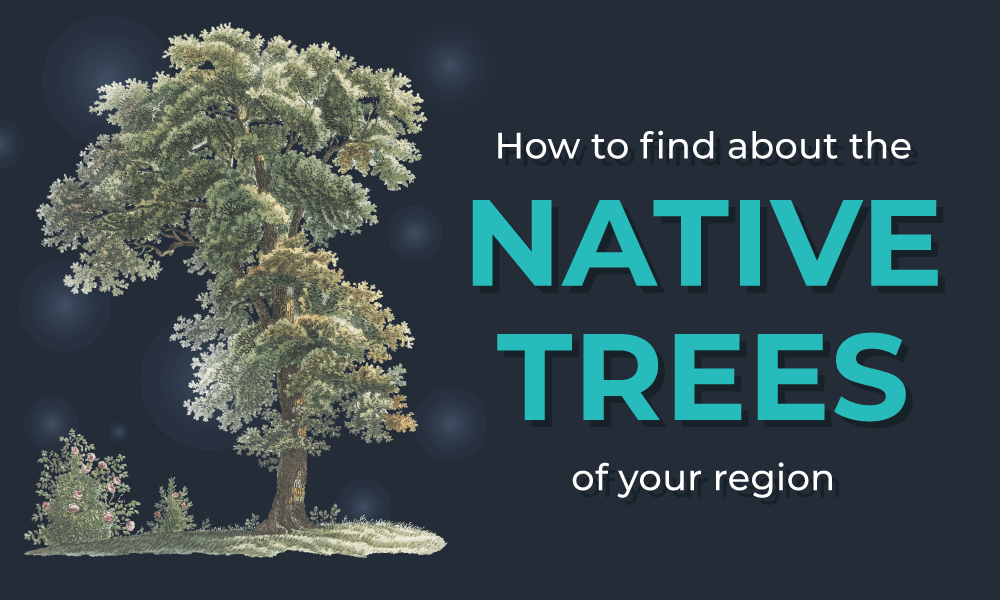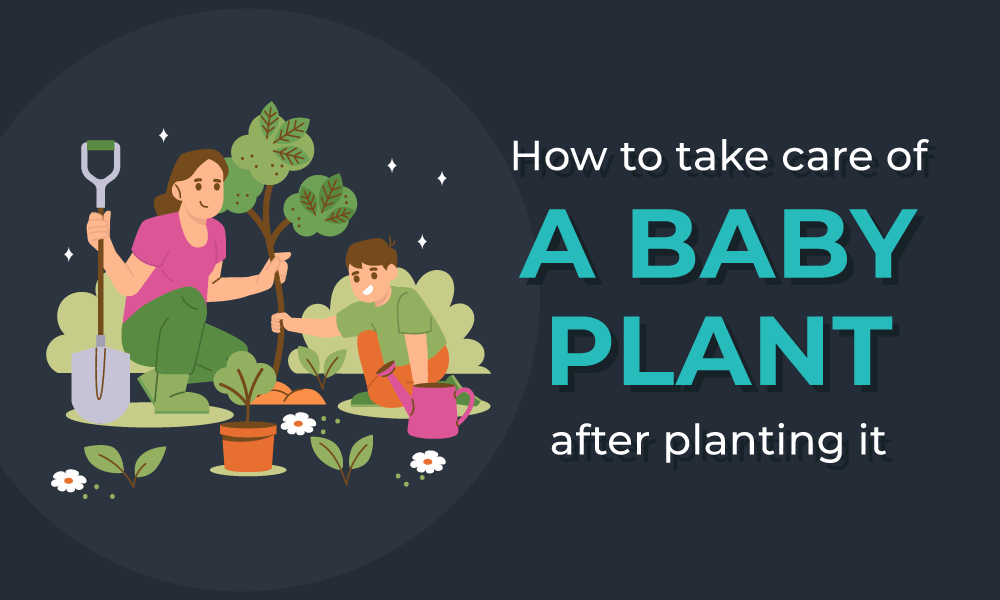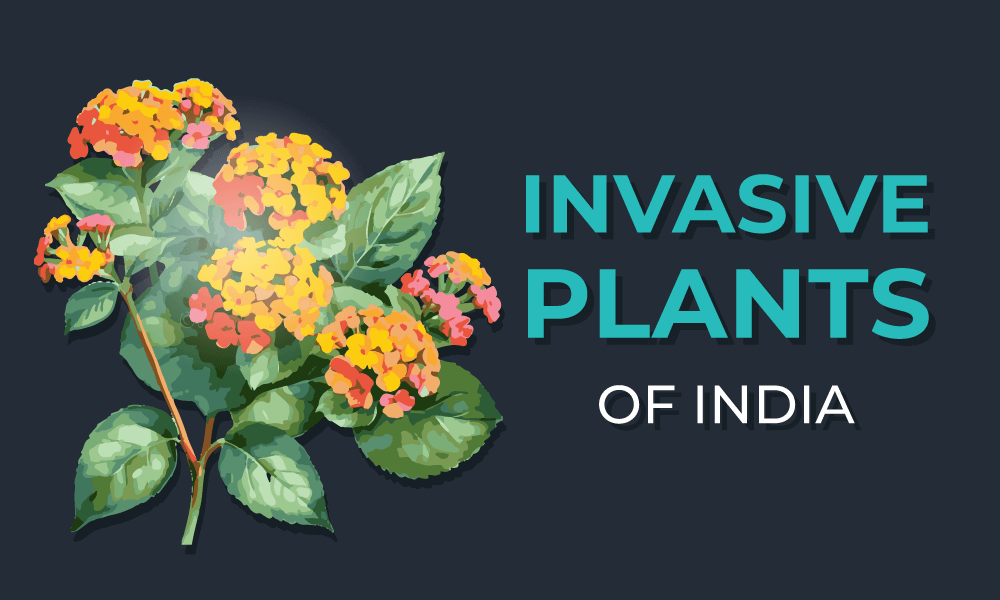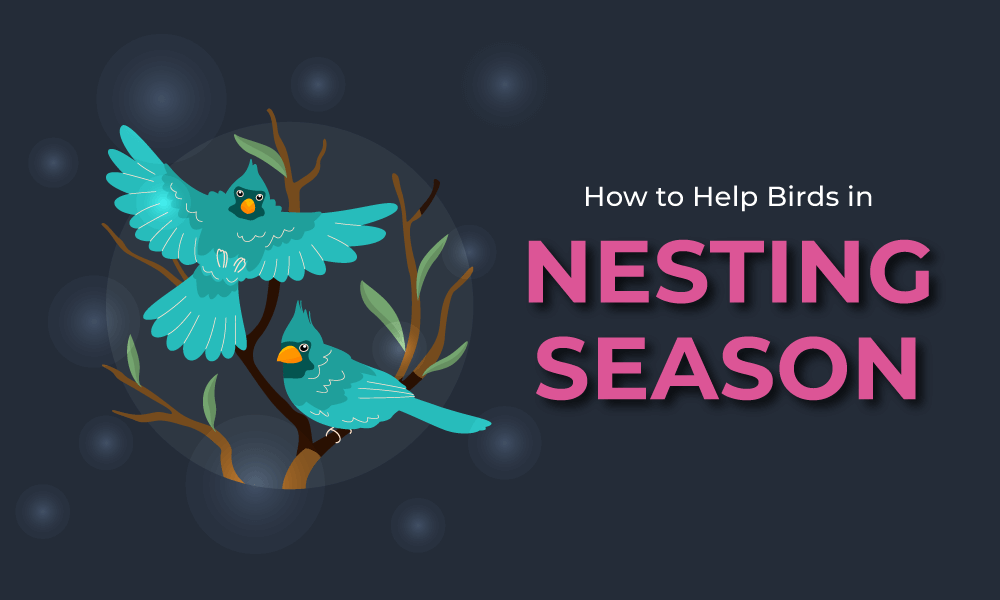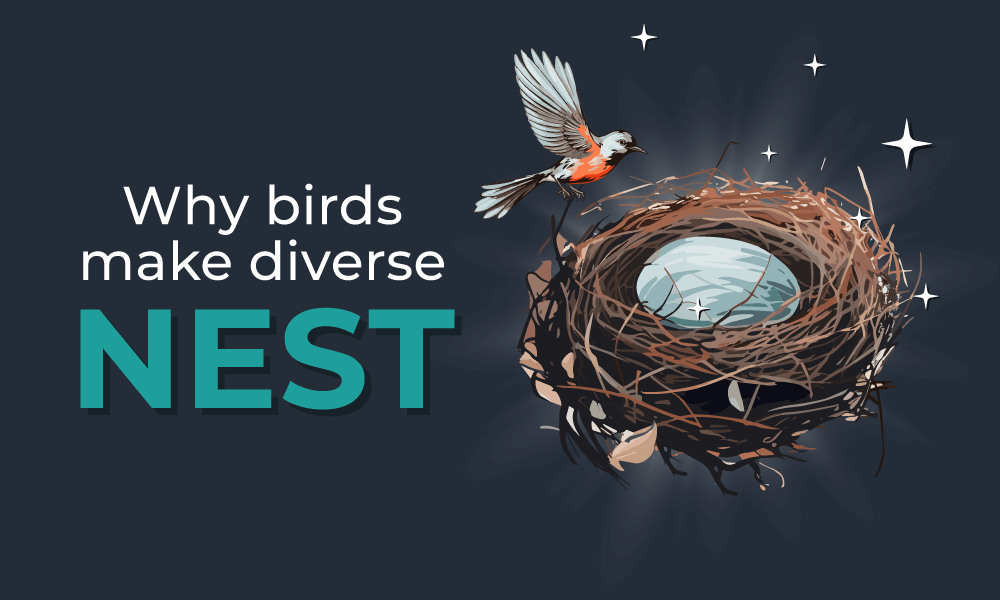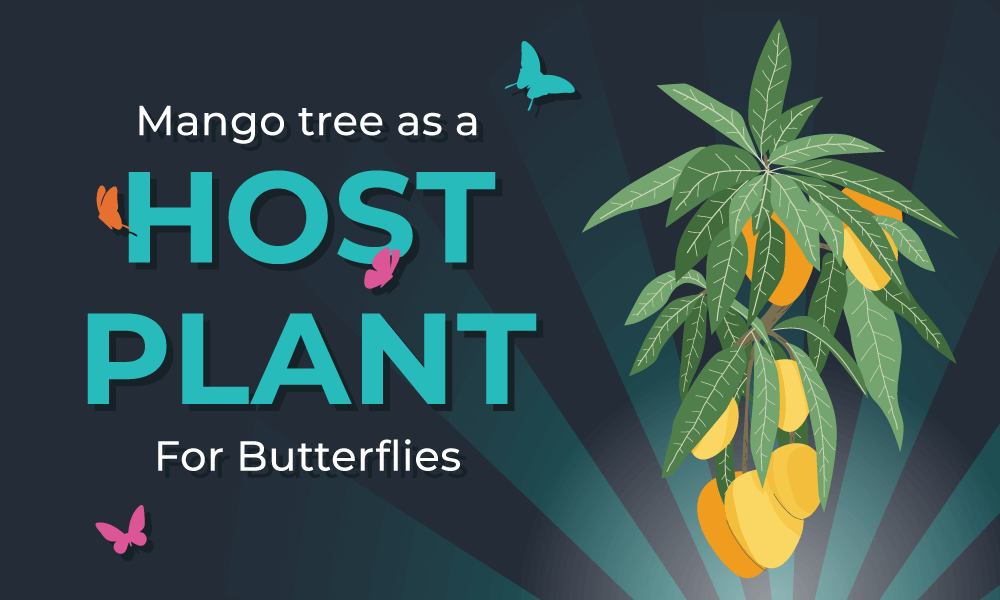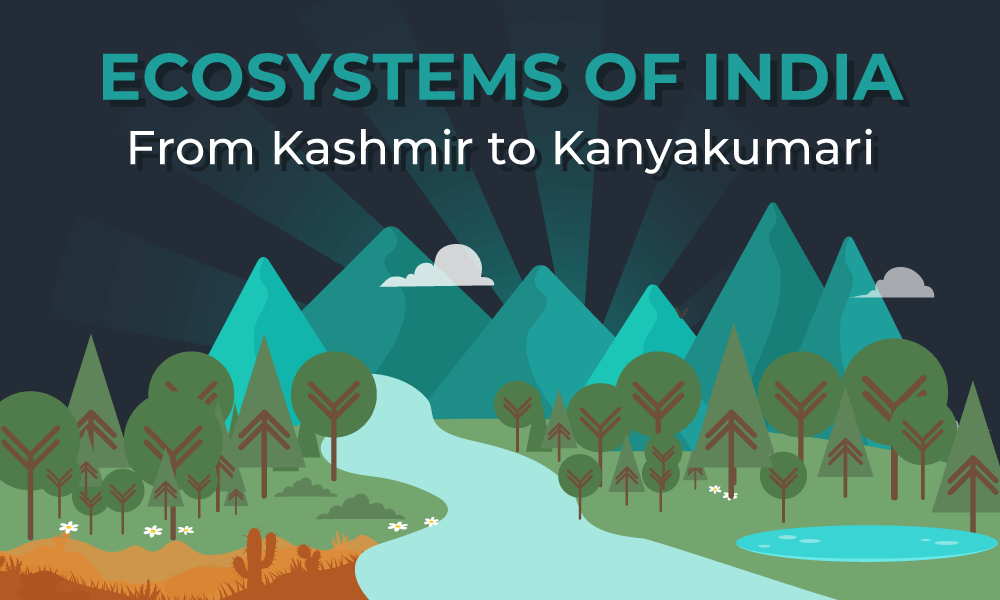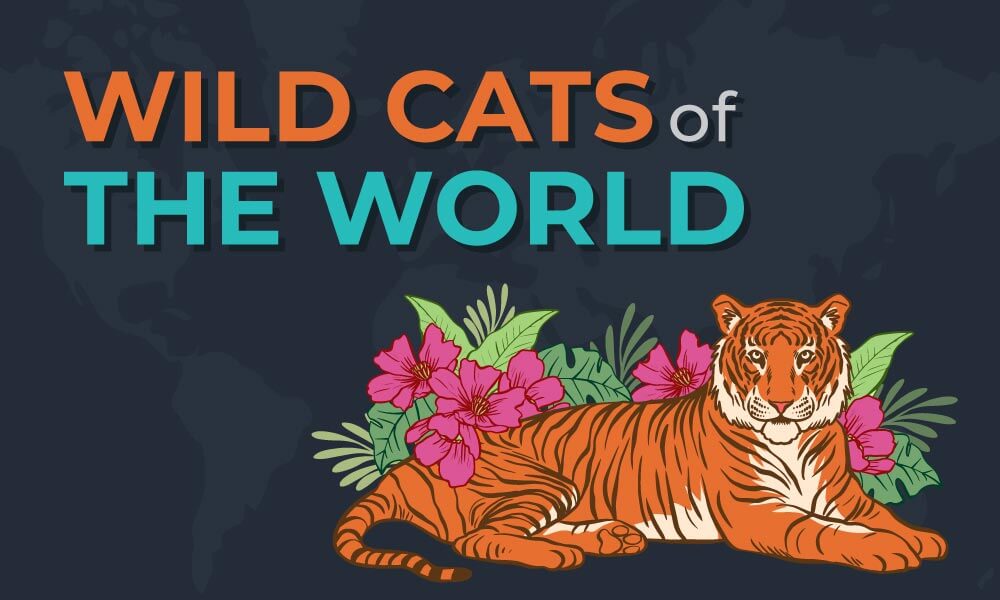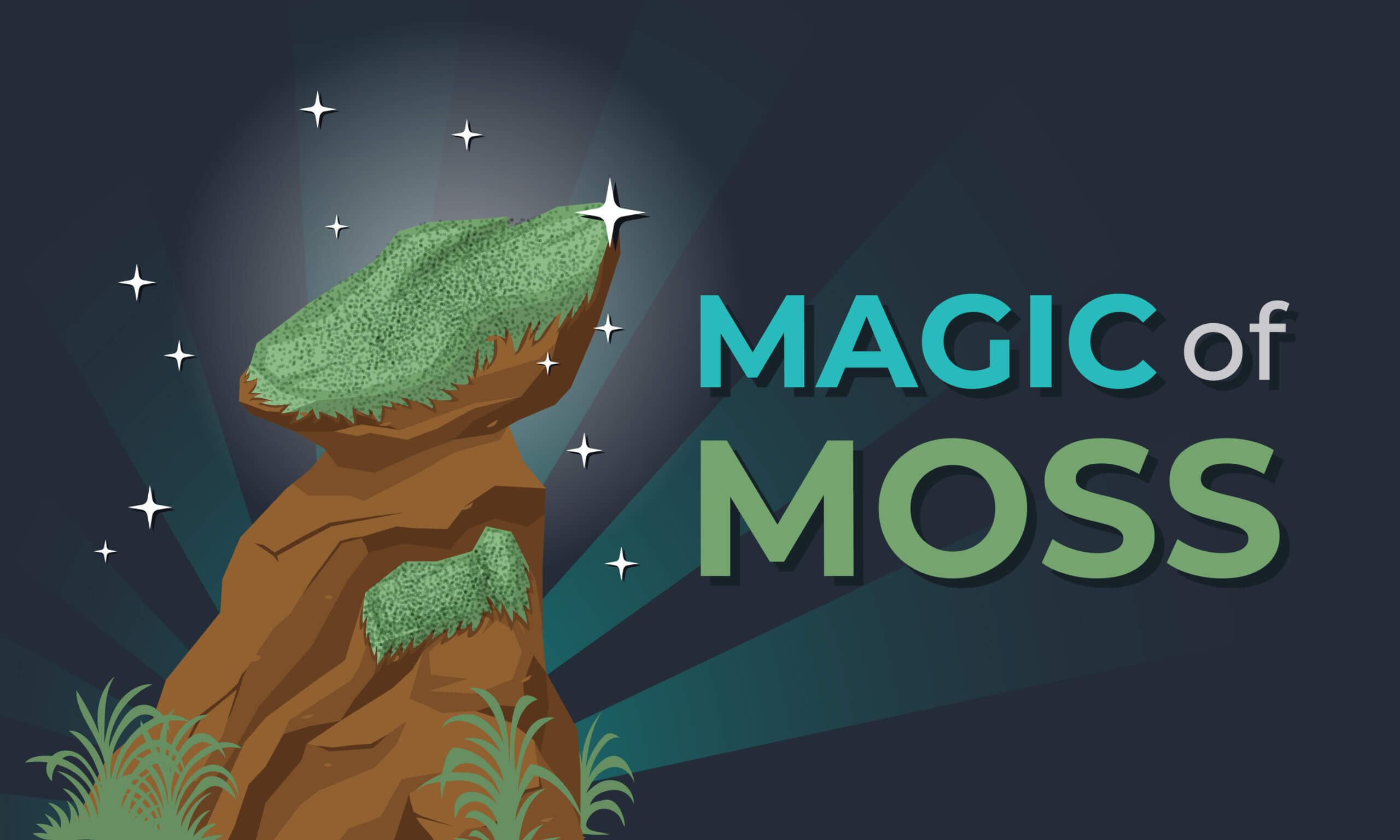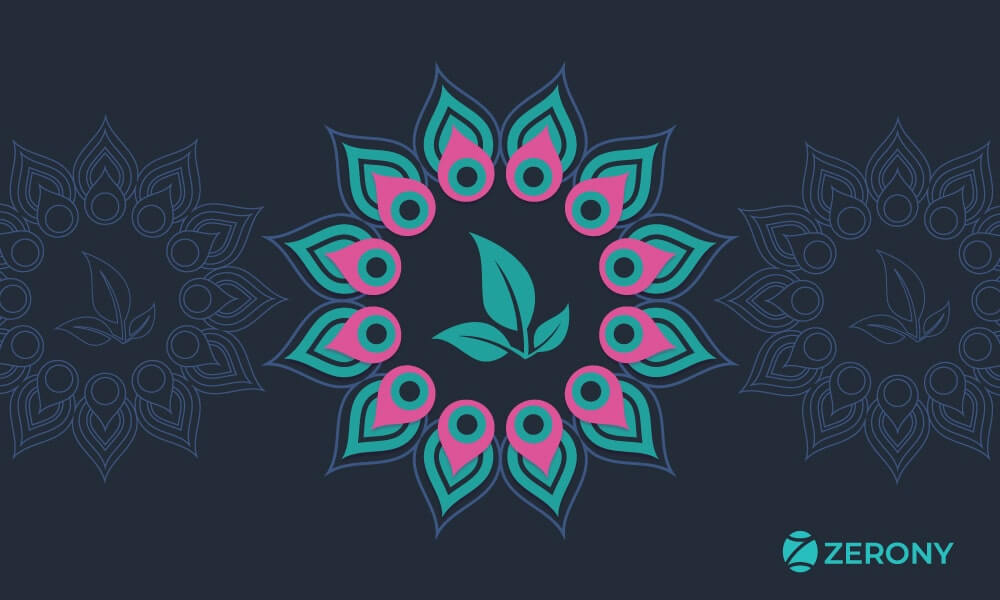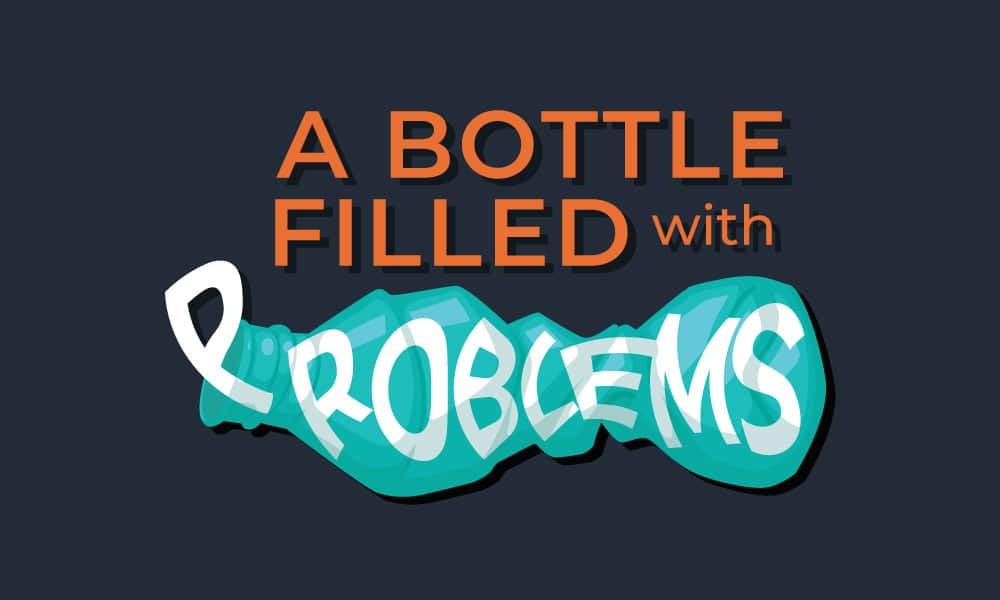The host plant is a specific type of plant, on that plant, a bug, butterfly, moth or any other type of caterpillar or insect rely on. They either eat its leaves or lay their eggs on it. These plants are eaten by many types of bugs, these bugs are then eaten by birds. In short host plants are home for most of our little friends.
Let’s use butterflies as an example. Most people think of butterflies as the beautiful, delicate creatures we see flying around our gardens and stopping to sip nectar from flowers. Butterfly youngsters, however, look quite different and many have very specialized food requirements which can only be met by host plants.
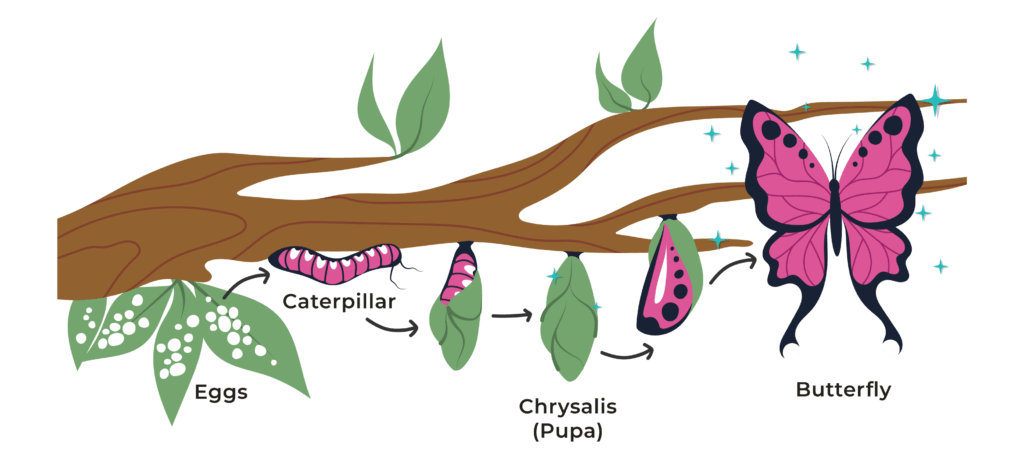
Butterflies reproduce through a process known as metamorphosis. Females lay tiny eggs that become larvae, often called caterpillars. The caterpillars eat, grow, and shed their skins, which is called moulting. The caterpillars of some butterflies moult several times, growing larger each time. The last moult, or skin shedding by the caterpillar results in the formation of a pupa or chrysalis, which hangs from a leaf or branch as the body inside changes to form the legs, wings, and antennae of a butterfly. It is from this pupa that the butterfly emerges.
Many butterfly caterpillars are very selective about the food they eat. For example,
These beautiful Fluffy Tit butterfly’s caterpillars are only able to live on Rukmini tree (Jungle Flame). No other plants are suitable. Female Fluffy Tit lay their eggs on Rukmini plants so that, when eggs become caterpillars, they have a readily available food source. Without Rukmini plants, there will be no fluffy tit butterflies.

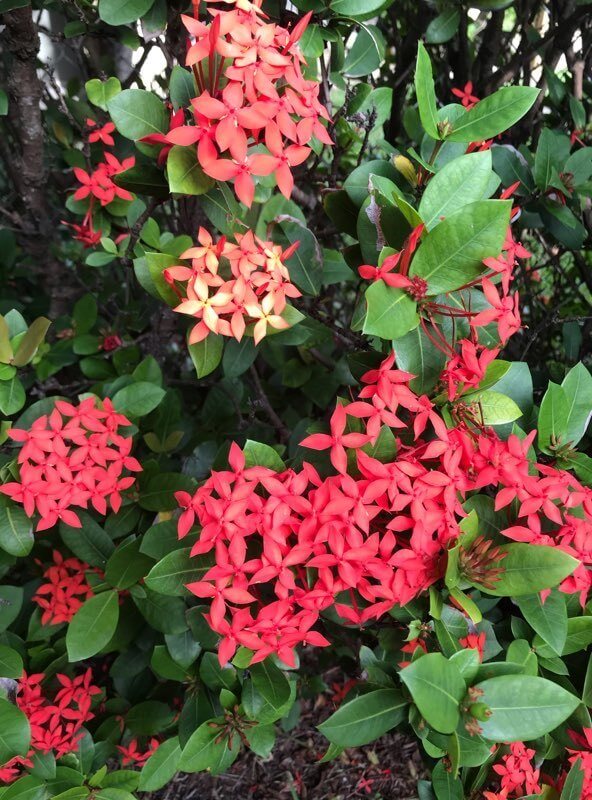
Kaiser-i-Hind or The Emperor of India, With its shimmering greens, bright yellows and delicate blacks, this rare butterfly is a visual delight. this magnificent butterfly is found along the Eastern Himalayas (West Bengal, Meghalaya, Assam, Sikkim and Manipur) in India. This butterfly survives on Magnolia campbellii, commonly known as Him Champa, which is a large deciduous tree that grows in the Himalayan forests.


Sahyadri Lacewing relies on Krishna kamal (Passion flower) and these butterflies are found nowhere else in the world.
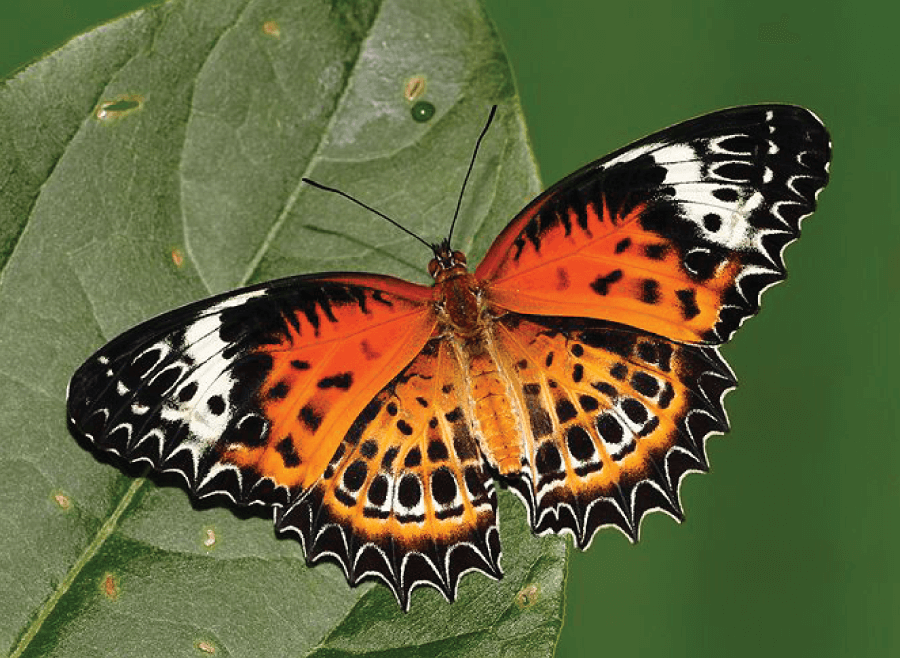

Another beautiful butterfly, Common Peacock, also has very specific dietary requirements. Caterpillars that will become Common Peacock butterflies rely on the Kaith tree (wood apple) as their only source of food.


Purple Leaf Blue, the host plant is Olax imbricata, is a shrub or climbing plant that can grow up to 6 meters tall. It’s native to tropical and subtropical Asia.
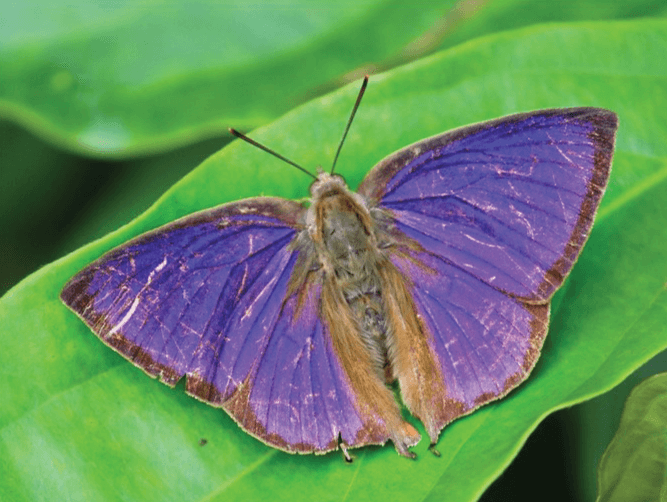
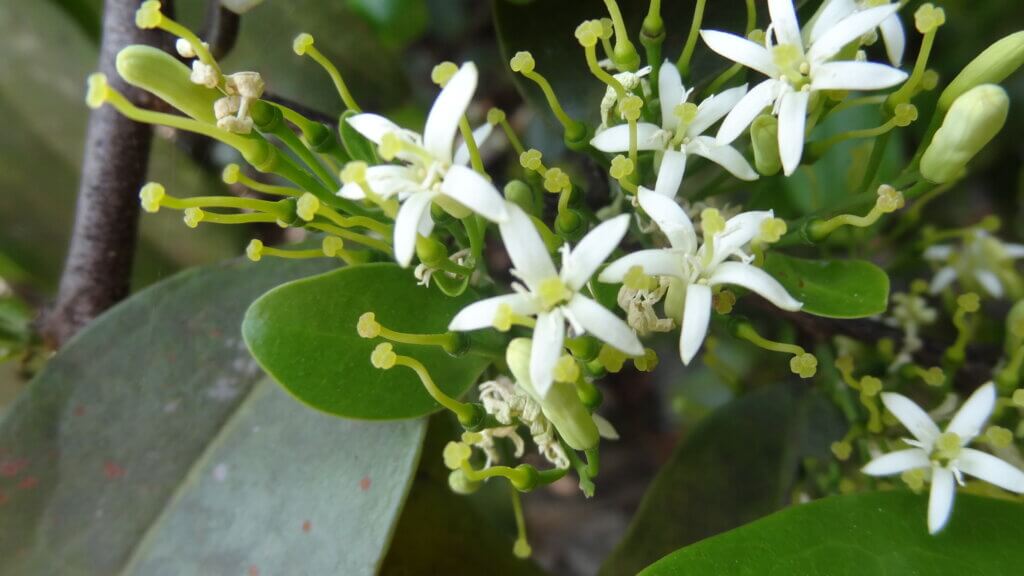
For this beautiful butterfly, Loxura atymnus, the host plant is Varahi Kand (Dioscorea). It’s a large unarmed climber that can be found climbing up to 1800 meters in the Himalayas.
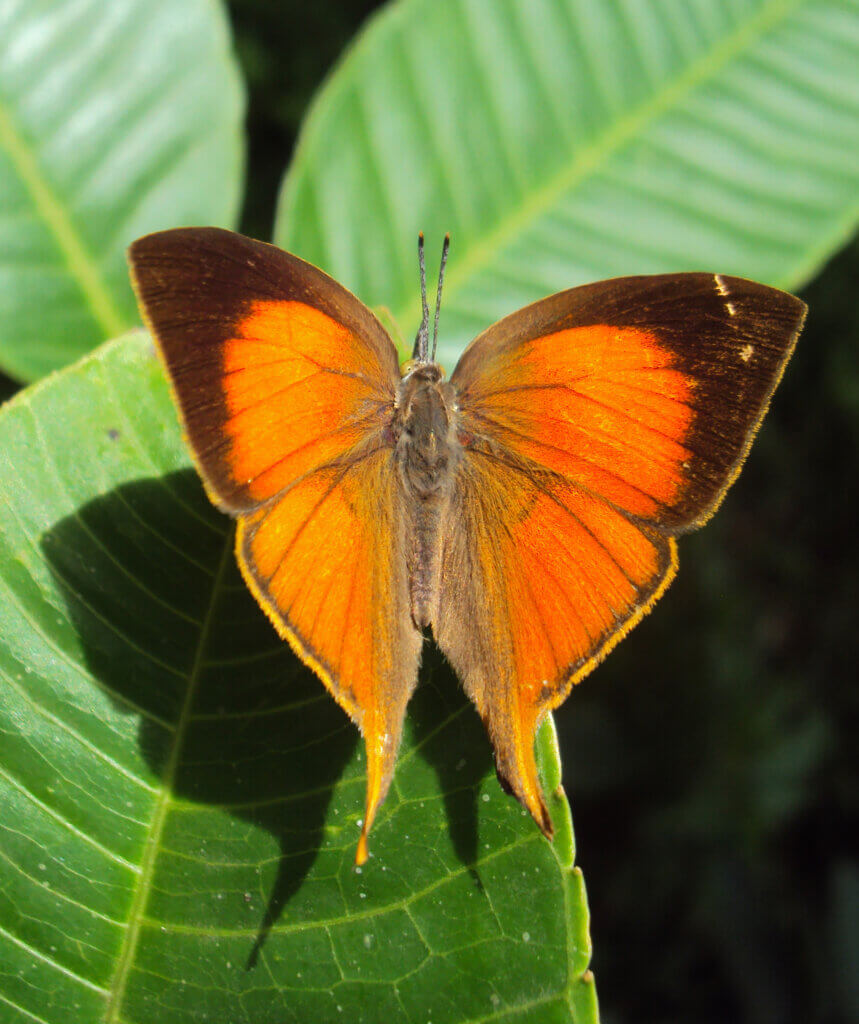

Which other animals rely on these host plants?
Not just small insects but most birds and mammals rely on these plants.
Let’s understand how it works.
For example, if we remove all the host plants then there will not be those butterflies and other insects and bugs and later it will reduce the population of all the birds and other animals that eat that particular insect. That way the food chain is very badly disrupted.
How to know about native plants?
One way to use a very traditional method is to go out and talk with the local people and ask questions about the flora and fauna of that place and the past weather and all. That way you will get to know about all the important information.
Another way is, the Internet!!
Yes, there is information available on the internet about butterflies and their native plants. Websites like:
www.ifoundbutterflies.org
www.mothsofindia.org
these websites have all the information we need to make our world more butterfly-friendly.
Read more: MAGIC OF MOSS
If you have some suggestion on which we should write or you have any query and something else, you can contact us. Please do share this blog with your family, friends, and others so they can also know about what is a host plant.

